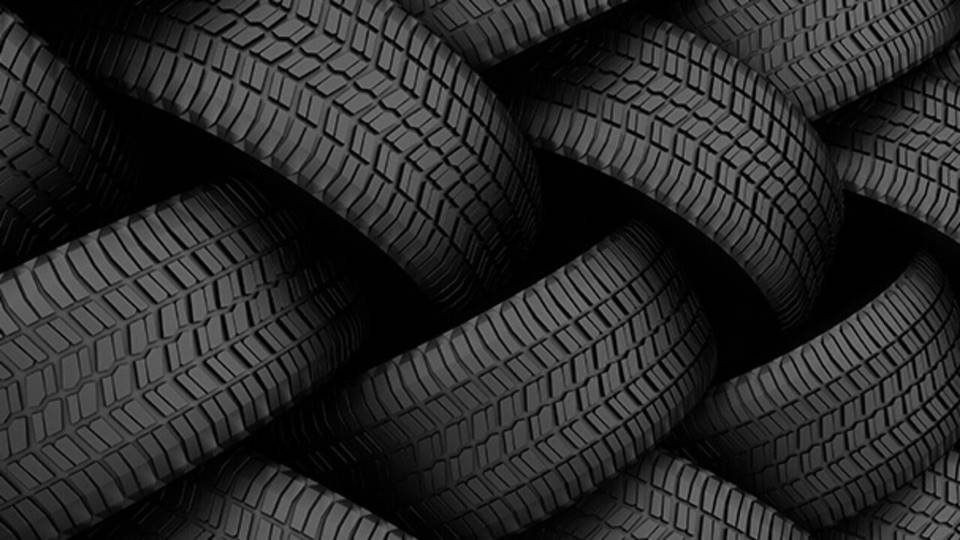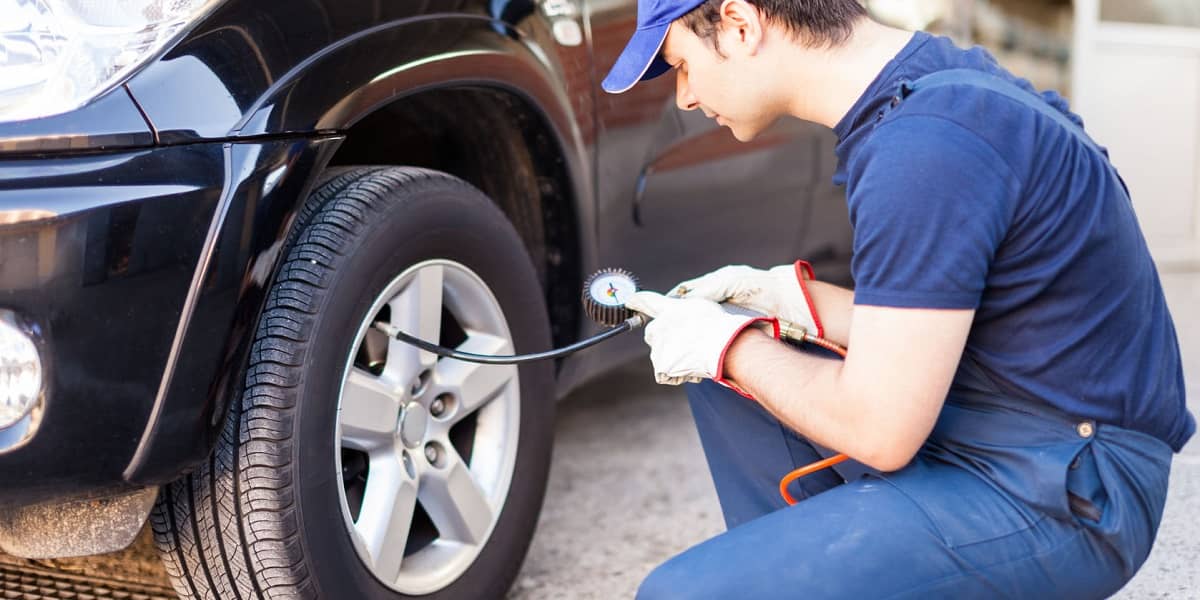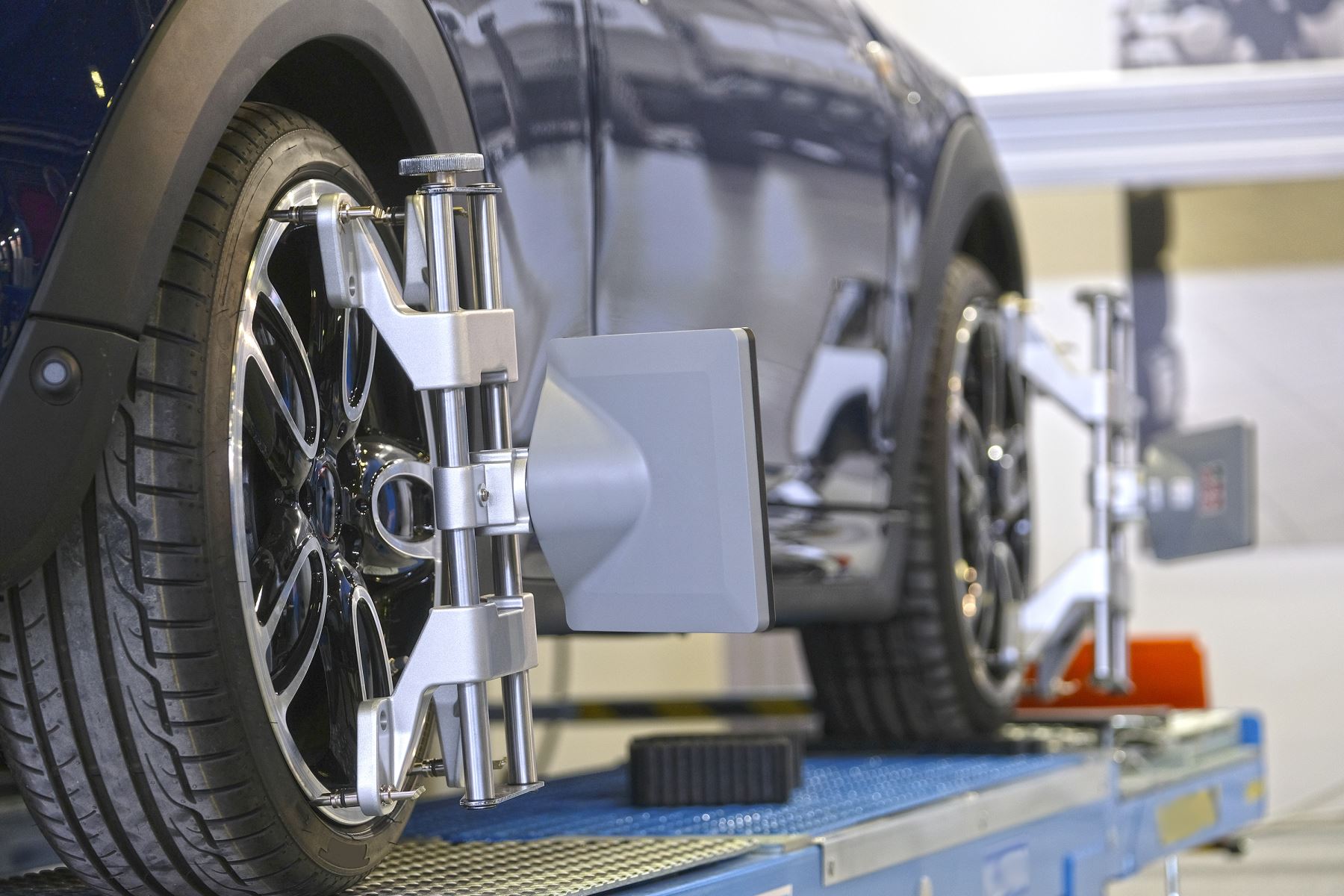Wheel Positions of Your Vehicle
First of all, our guide is to install the same tires on all wheel positions of your vehicle. However, if mixing cannot be avoided due to unavailability or budget constraints, you can mix tire brands and tread patterns, but only if the driver installs a pair of tires with the same tread pattern across the country. The same axis. This means installing a pair of identical tires on the rear axle or a pair of identical tires on the front axle. If the load index and speed symbol are higher than the minimum threshold recommended by the vehicle manufacturer (additional load and standard load), you can also mix tires with different load indexes and speed classes.
In these cases, install the highest-rated tires on the rear axle. Generally, in front or rear wheel drive, as long as you ensure that the two pairs of tires are the same, if the suspension geometry is set to accommodate this situation, different sizes of tires can be used between the rear and front wheels. There are factory-equipped vehicles of different sizes between the front axle and the rear axle. These hybrids are designed for vehicle specifications, and if you want to replicate this hybrid in your own vehicle, you must carefully consider. When mixing tires of different sizes before and after, always follow the vehicle manufacturer’s recommendations.
then replacing a tire after a puncture or normal tire wear, regardless of the tire type, you may be tempted to replace it with a spare tire. However, it is important to understand how tire mixing affects vehicle control, balance, and safety, Visit any Tyre Shop Near Me for testing. So, is it illegal to install different tires on your car? As a general rule of thumb, mixing tires on your vehicle is dangerous and may be illegal, mixing different sizes, and mixing seasonal tires.
Hybrid tires First of all, it is recommended to install the same tires in all positions of the wheels of the vehicle. However, mixed tires are acceptable in some cases, but it depends on many variables: Can I use different brands of tires on my car? If you cannot use the same tires in all wheel positions due to unavailability or budget constraints, you can mix tire brands. However, to maintain safety and proper control of the vehicle, you should install a pair of tires with the same tread and marking on the same axle.
For example, Toyota Uae two rear tires must have the same tread marking and pattern, while the two front tires may be different from the rear tire, but must be the same as each other. This is why it is strongly recommended that you change tires in pairs; this detailed guide explains the benefits of this for your vehicle, what type of tires to choose, etc. Tire rotation is an effective strategy to maximize tire wear and service life. vehicle manufacturers will provide customized guidelines for the best rotation mode and frequency.
The rotation mode depends on whether you are using symmetrical, asymmetrical, or directional tires. If there is no special consideration, our suggestion is to rotate the wheels regularly in the axial direction between the front and rear wheels. In terms of timing, an excellent opportunity is the seasonal change of summer and winter tires. Alternatively, it is also effective to change tires at mileage intervals of 5,000 to 10,000 kilometers. However, if you see signs of uneven tire wear, consider turning the tires more frequently. And ask your friendly neighborhood tire dealer to check for any wheel misalignment or other mechanical problems. They can make the necessary corrections. A full-size spare tire with the same size and build as the regular tire should also be included in your tire rotation. However, before loading spare parts, be sure to check and adjust the inflation pressure.
Speaking of air pressure, you should also adjust the air pressure according to the vehicle manufacturer’s recommendations for the new wheel positions, because the specific pressures of the front and rear tires may be different. If your car is equipped with spinner tires, it will also affect the Tire Pressure Monitoring System (TPMS). Consult the user manual or a qualified service professional for proper system adjustment and recalibration.
If you only replace two tires on the vehicle, the tread depth of the new tires may be deeper than that of the old tires. generally, allows mixing of different tread depths. The tire industry recommends installing new tires on the rear axle. This will provide greater grip on the rear axle and reduce any possible oversteer situations or loss of stability of the vehicle on smooth surfaces. However, there may be exceptions.
Some automakers will recommend installing new tires on the front axle, for example if the car has front wheel drive. For more information visit Online Tyres Store, you can us as consult the vehicle manufacturer’s manual or tire specialist. Approved Tire Mix Some vehicles have different size tires installed between the front and rear axles at the factory. These tire mixes are specific to automobiles and require special consideration when replacing them. Always follow the vehicle manufacturer’s recommendations. also, do not mix different sizes of tires; This is absolutely contraindicated.
Leading tire experts such as Continental strongly recommend that you do not mix different tire sizes. The reasons are as follows: If your tires do not match, you may find incorrect speedometer readings, so you don’t know how fast you are driving. Non-equidistant tires will adversely affect the steering, acceleration, and overall handling characteristics of your car. You may feel reduced grip and control because the steering feels sloppy. Uneven tires will make your car or truck take longer to accelerate. This is especially dangerous if you need a sudden burst speed to avoid dangerous situations. Perhaps most importantly, it can take longer to stop safely while braking. If one of your tires is wider than the others, this will generally cause you to experience severe instability, especially in wet or icy conditions, just when you need the most control.




